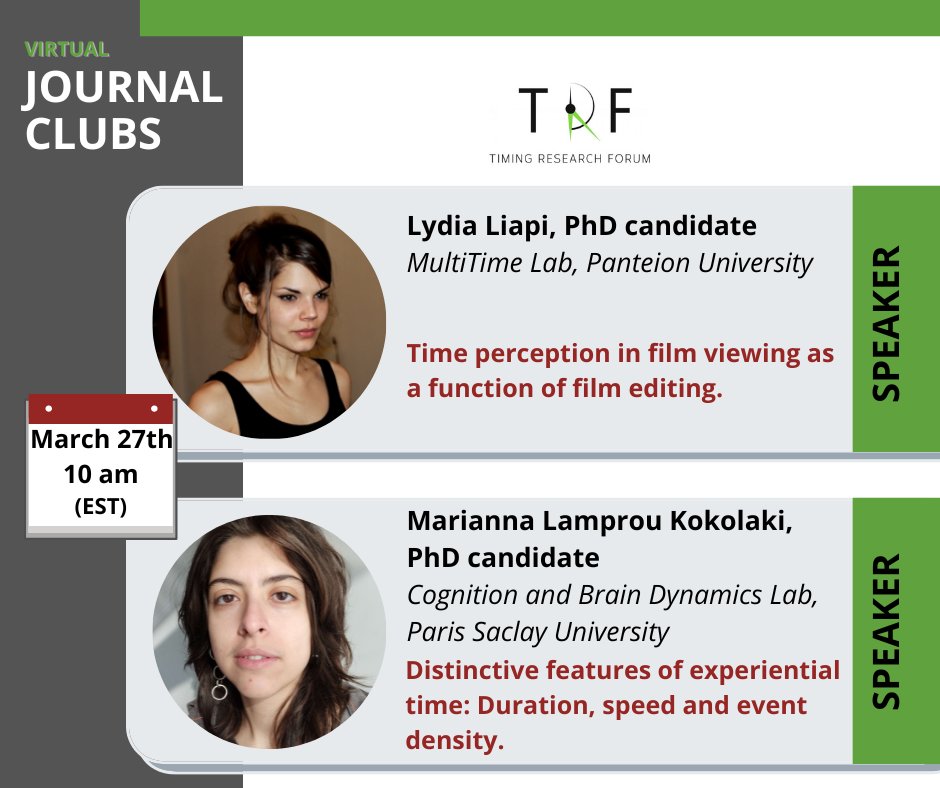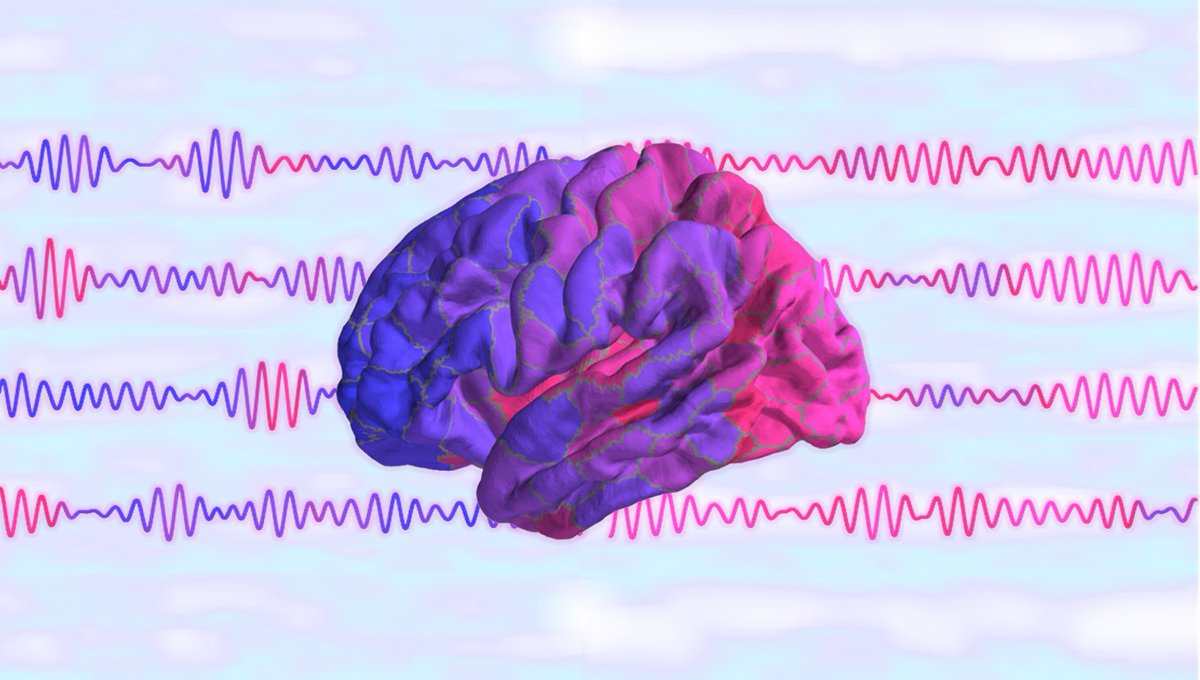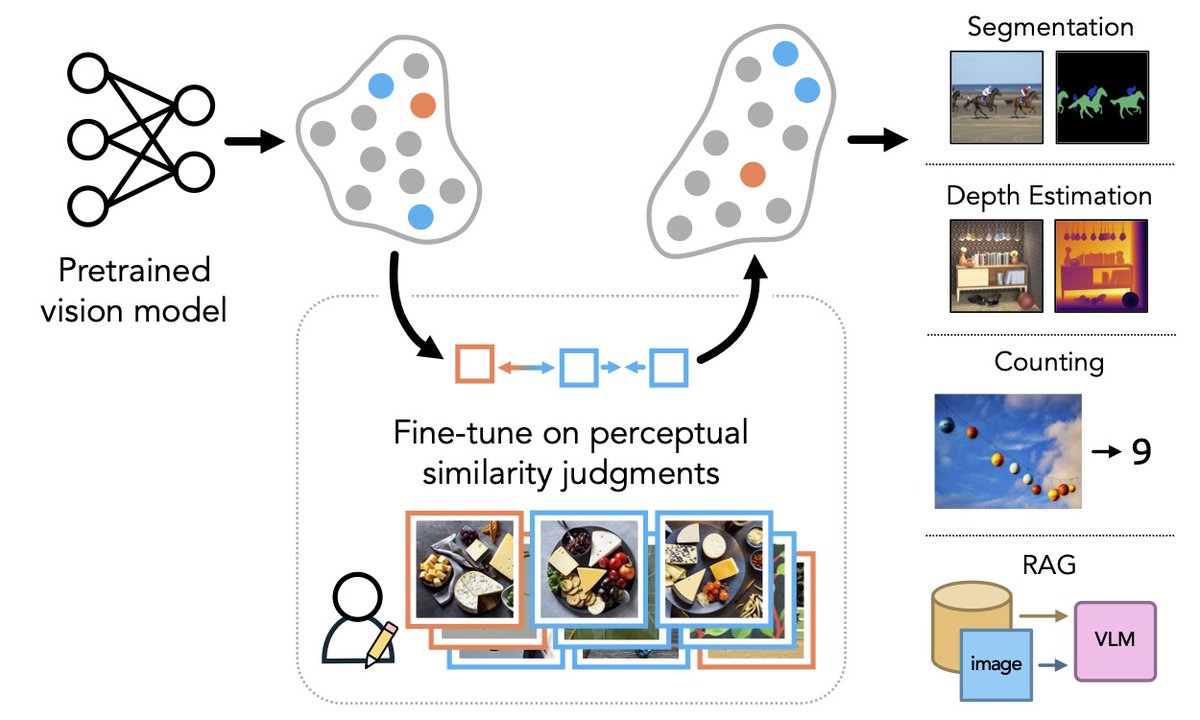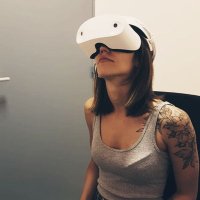
Camille Grasso
@grasso_camille
Postdoc in cognitive neuroscience @UNICOG1 @NeuroSpin_91. Focused on temporal cognition, conceptual and neural geometry of time.
ID: 711204477357969408
https://grassocamille.netlify.app 19-03-2016 14:55:35
293 Tweet
278 Takipçi
612 Takip Edilen

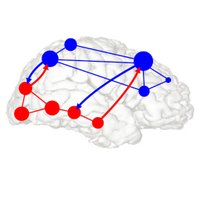

New review! Cognition is an emergent property doi.org/10.1016/j.cobe… Electrical fields in the brain can serve as a medium for propagating activity nearly instantaneously. They can organize computations through subspace coding. MIT Picower Institute MIT Brain and Cognitive Sciences #neuroscience

Pourquoi est-ce qu’il faut refaire des anciennes études scientifiques? Comment s’assurer que les résultats des nouvelles études soient fiables ? Pour connaître la réponse, écoutez notre épisode sur la crise de la réplication avec @amebret de Nantes Université milgram.ulb.be/1000g/episodes…


The flow of experience, expressed in trajectories of neural population activity, is discretized at event boundaries. Implications for how we recall time (and fail to). Creds:Ben Kanter, Christy Lykken, May-Britt Moser, #KiloNeurons European Research Council (ERC) Kavli Neuroscience biorxiv.org/content/10.110…

Very cool paper by James Hyman and team showing that "time coding" in the anterior cingulate cortex is not about pure time but accumulated behavioral experience. 🙏 for linking this to my "Lost in Time" article James. sciencedirect.com/science/articl…
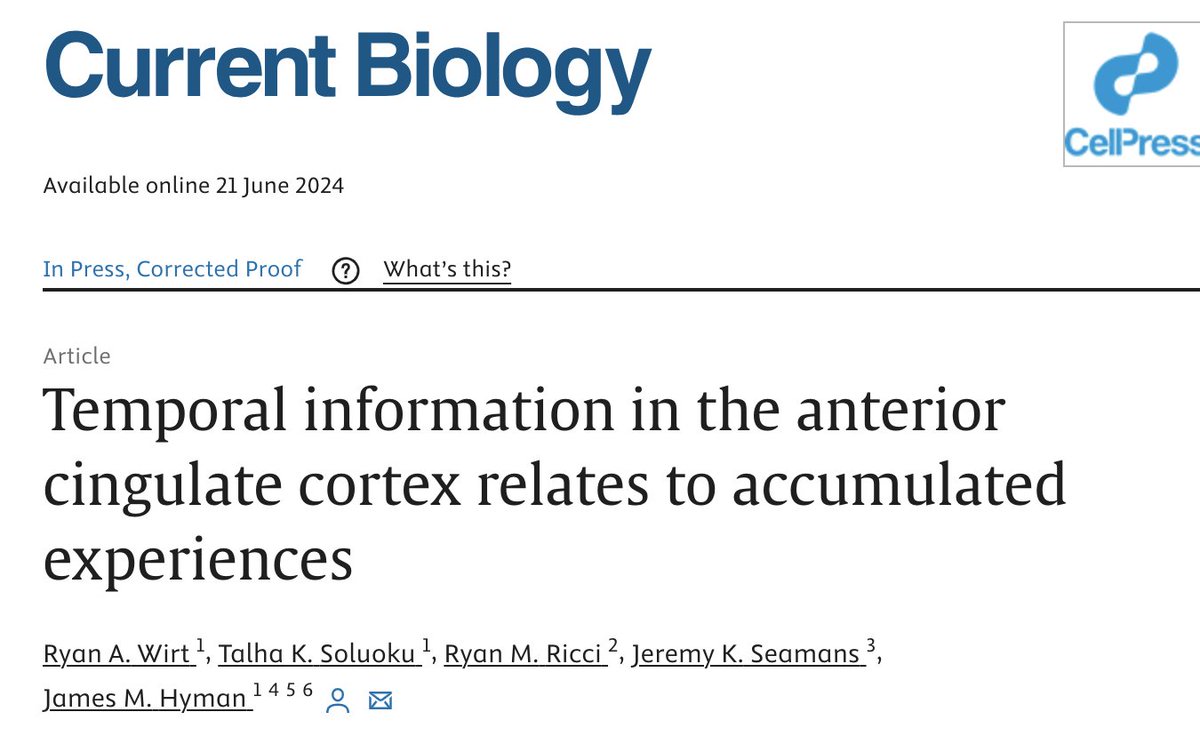


À vos laptop 💻! On a besoin de vous pour notre projet #ChronosOnline sur la perception du temps ⏰✨ Giulia Buzi🍉

1/5 Excited to finally share our new paper (led by Laura Driscoll, now a group leader at the Allen!) in Nature Neuroscience on modular computation in neural networks! We've explored how artificial recurrent networks handle multiple tasks, offering insights into flexible computation.


"The Dimensions of dimensionality" is out in TiCS w Brett David Roads We hope to interest those new to embedding approaches and pros. Besides serving as a pracitcal guide, you can pwn your colleagues when they report dimensionality alone as a meaningful result. doi.org/10.1016/j.tics…

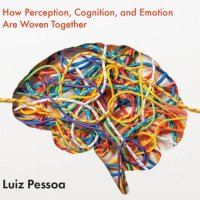

How does the brain tell time? For finger-tapping primates, it's encoded in the radius of circular neural trajectories. This and more, Hugo Merchant and I discuss at the Ernst Strüngmann Institute conference. shorturl.at/HbKI8 TimingResearchForum, Dean Buono, @AndreaRavignani, Mac Shine


Ever wanted to study traveling waves with MEG-EEG but hit the spatial resolution limit? We tackled this by developing an generative model to characterize traveling waves in the primary visual cortex. Check out our preprint on bioRxiv Neuroscience! 🧠🌊 biorxiv.org/content/10.110…




